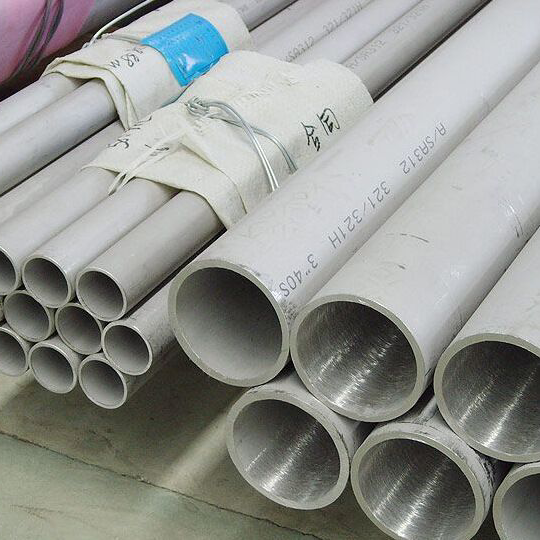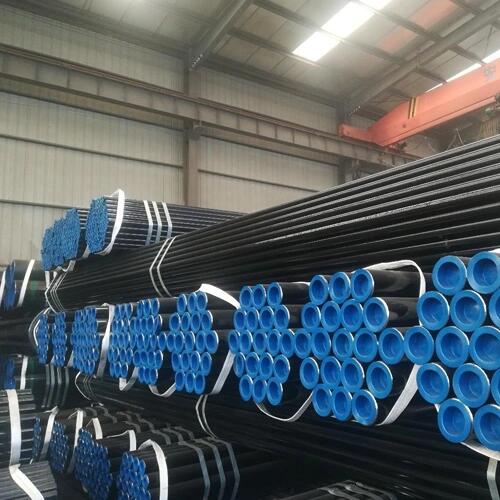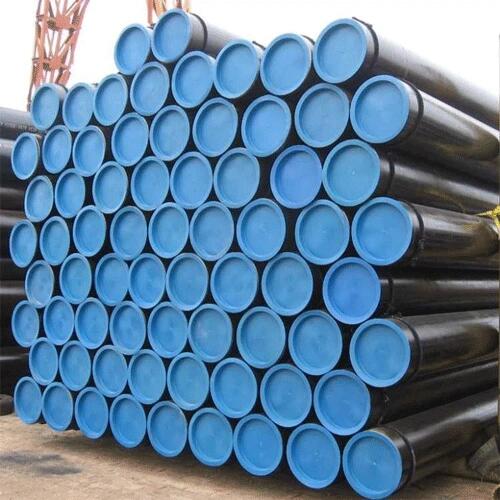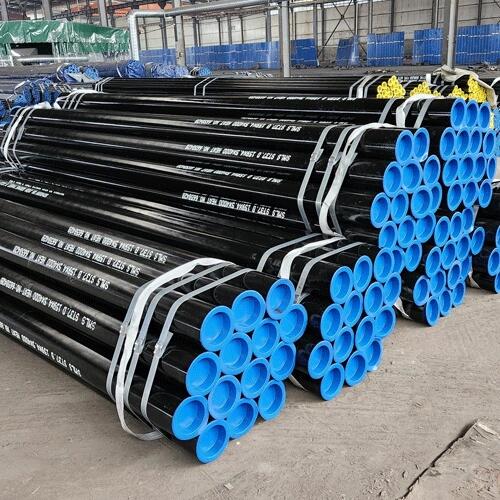Welded steel pipes need to be processed through various processes before application, and the heat treatment of welded steel pipes is a very important link in the processing of welded steel pipes. Thermal processing is a metal thermal processing process that puts metal materials in a certain medium for heating, heat preservation and cooling, and controls their metal properties by changing the surface or internal metallographic structure of materials. During the heating and cooling process of structural welded steel pipe workpieces, due to the inconsistent cooling speed and time between the surface and the center, the temperature difference will be formed, which will lead to uneven volume expansion and contraction, resulting in stress, namely thermal stress.
Under the effect of thermal stress, because the initial temperature of the surface layer is lower than that of the center, and the shrinkage is also greater than that of the center, the center will be pulled. When the cooling is over, the surface layer will be pulled because the final cooling volume shrinkage of the center cannot be carried out freely. That is, under the action of thermal stress, the surface of the workpiece is finally compressed and the center is tensioned. This phenomenon is affected by cooling rate, material composition and heat treatment process. When the cooling rate is faster, the carbon content and alloy composition are higher, the uneven plastic deformation under the action of thermal stress during the cooling process is larger, and the final residual stress is larger. On the other hand, during the heat treatment of steel, due to the change of structure, that is, when the austenite transforms to martensite, the increase of specific volume will accompany the expansion of the workpiece volume, and each part of the workpiece will undergo phase transformation successively, resulting in inconsistent volume growth and generating organizational stress. The final result of the change of organizational stress is the tensile stress on the surface layer and the compressive stress in the center, which is just opposite to the thermal stress. The magnitude of the organizational stress is related to the cooling rate and shape of the workpiece in the martensitic transformation zone, as well as the chemical composition of the material.
In order to make the steel pipe workpiece have the required mechanical, physical and chemical properties, in addition to reasonable selection of materials and forming processes, heat treatment process is often essential. Steel is the most widely used material in the mechanical industry. The microstructure of steel is complex and can be controlled by heat treatment, so the heat treatment of steel is the main content of metal heat treatment. In addition, aluminum, copper, magnesium, titanium and their alloys can also change their mechanical, physical and chemical properties through heat treatment to obtain different performance.
 8 differences between ASTM A312 304 and 316 stainless steel pipes
8 differences between ASTM A312 304 and 316 stainless steel pipes
 How to drill holes in ASTM A179 seamless steel pipes?
How to drill holes in ASTM A179 seamless steel pipes?
 What are the advantages of cold drawn ASTM A192 seamless steel pipe?
What are the advantages of cold drawn ASTM A192 seamless steel pipe?
 How to drill holes in ASTM A53 seamless steel pipes?
How to drill holes in ASTM A53 seamless steel pipes?